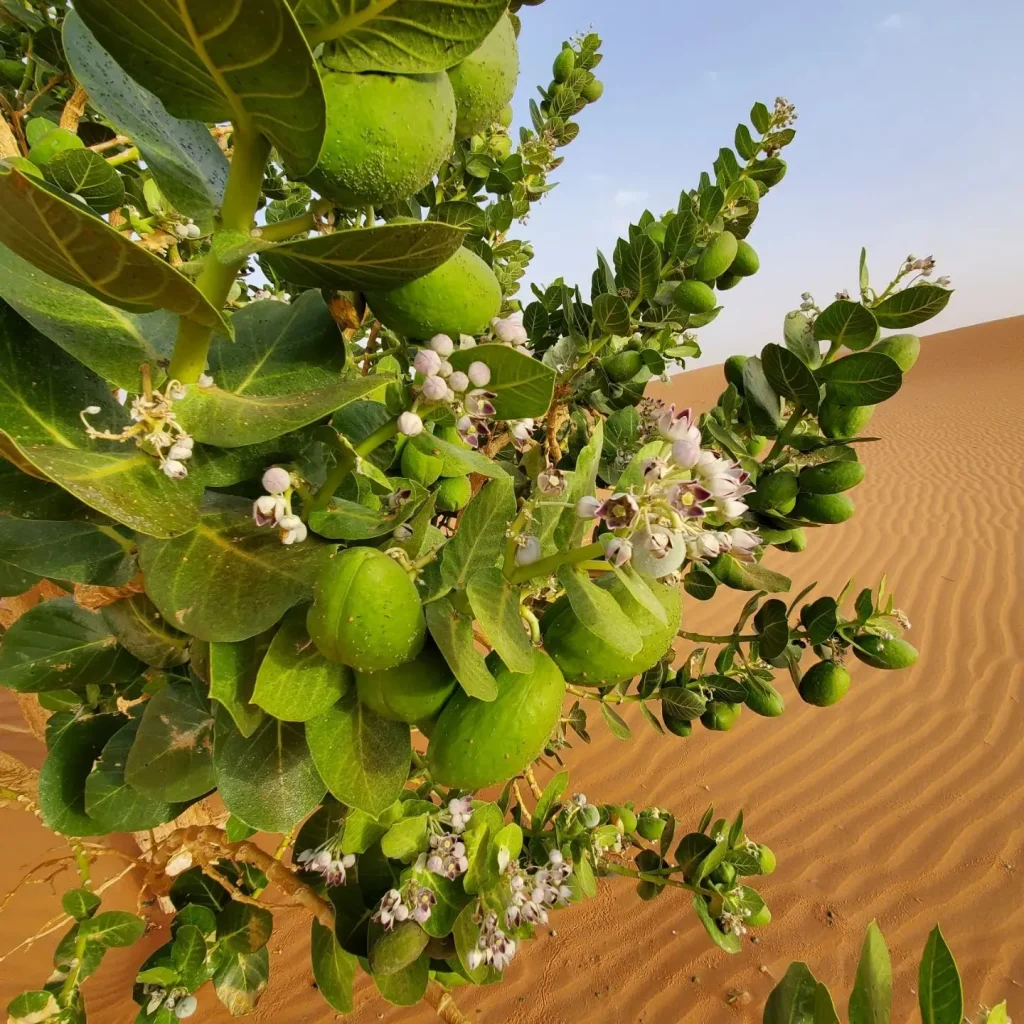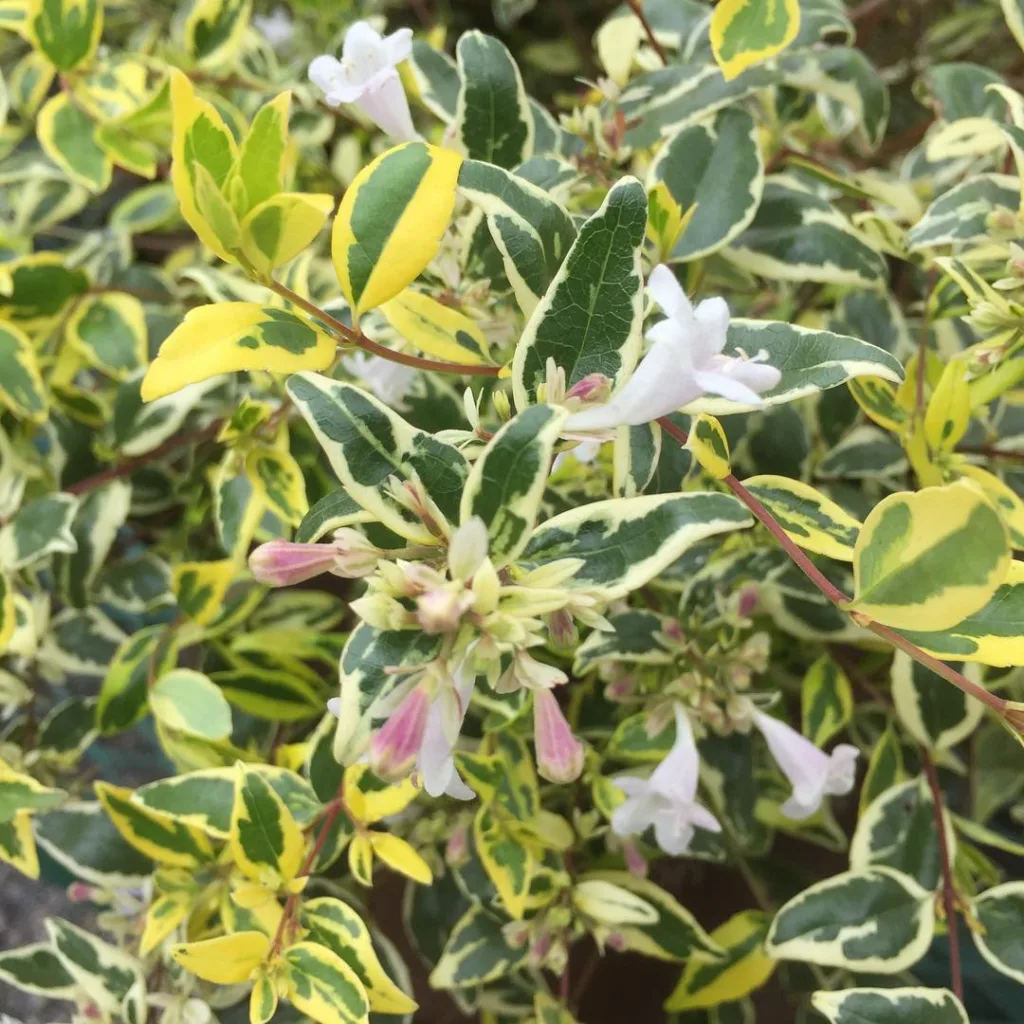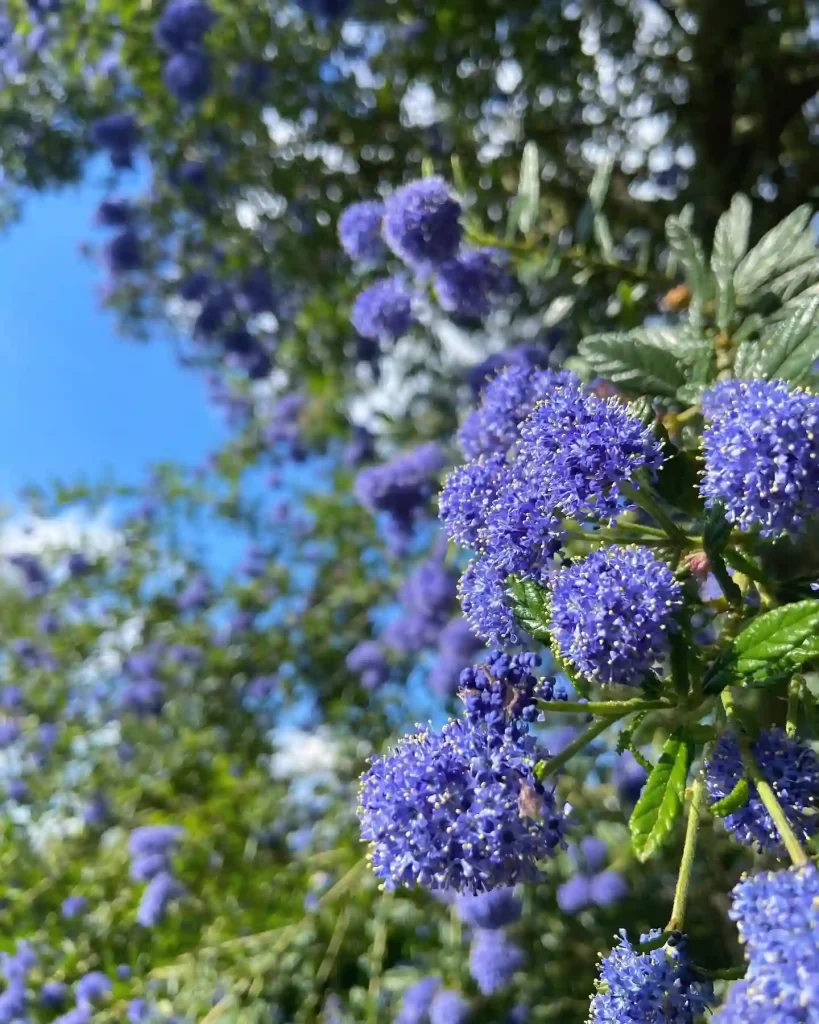My Fascination with Eurybia: A World of Asters
Hi, I’m Ferb Vu, and I’m captivated by the world of botany. There’s something truly remarkable about the diversity and resilience of plant life. Today, I want to share my enthusiasm for a particular genus of flowering plants that has captured my attention: Eurybia.
This genus, belonging to the Asteraceae family, is better known as the asters. Now, when you think of asters, you might picture those classic, daisy-like flowers with a yellow center and radiating petals. While that’s certainly a common image, Eurybia offers a stunning array of forms and colors that go beyond the typical. From the delicate white blooms of Eurybia divaricata to the vibrant violet hues of Eurybia spectabilis, there’s an Eurybia species to capture everyone’s imagination.
Why Eurybia?
What draws me to Eurybia, you ask? Well, it’s more than just their aesthetic appeal. These plants are tough. They’re native to North America, thriving in diverse habitats, from woodlands and meadows to coastal plains. This adaptability speaks to their inherent strength and resilience. I find inspiration in their ability to flourish in the face of challenging conditions.
Moreover, Eurybia plays a vital role in the ecosystem. Their flowers provide a crucial source of nectar for pollinators like bees and butterflies, contributing to the intricate web of life. They also offer seeds and shelter for various insects and birds. Observing these interactions within a natural setting is a constant source of wonder for me.
Exploring the Diversity of Eurybia
The Eurybia genus boasts a fascinating variety of species, each with its unique characteristics. Here are:
- Eurybia avita (Alexander) G.L.Nesom
- Eurybia chasei (G.N.Jones) Mohlenbr.
- Eurybia chlorolepis (E.S.Burgess) G.L.Nesom
- Eurybia compacta G.L.Nesom
- Eurybia conspicua (Lindl.) G.L.Nesom
- Eurybia divaricata (L.) G.L.Nesom
- Eurybia eryngiifolia (Torr. & A.Gray) G.L.Nesom
- Eurybia furcata (E.S.Burgess) G.L.Nesom
- Eurybia glauca (Nutt.) G.L.Nesom
- Eurybia hemispherica (Alexander) G.L.Nesom
- Eurybia × herveyi (A.Gray) G.L.Nesom
- Eurybia horrida (Wooton & Standl.) G.L.Nesom
- Eurybia integrifolia (Nutt.) G.L.Nesom
- Eurybia jonesiae (Lamboy) G.L.Nesom
- Eurybia kingii (D.C.Eaton) G.L.Nesom
- Eurybia macrophylla (L.) Cass.
- Eurybia merita (A.Nelson) G.L.Nesom
- Eurybia mirabilis (Torr. & A.Gray) G.L.Nesom
- Eurybia paludosa (Aiton) G.L.Nesom
- Eurybia radula (Aiton) G.L.Nesom
- Eurybia radulina (A.Gray) G.L.Nesom
- Eurybia saxicastellii (J.J.N.Campb. & Medley) G.L.Nesom
- Eurybia schreberi (Nees) Nees
- Eurybia sibirica (L.) G.L.Nesom
- Eurybia spectabilis (Aiton) G.L.Nesom
- Eurybia spinulosa (Chapm.) G.L.Nesom
- Eurybia surculosa (Michx.) G.L.Nesom
- Eurybia wasatchensis (M.E.Jones) G.L.Nesom
My Journey with Eurybia
My own exploration of Eurybia began with a simple encounter during a hike in a local park. A patch of vibrant blue asters caught my eye, and I was immediately intrigued. I started researching, learning about their different species, growth habits, and ecological roles.
Since then, I’ve been actively seeking out Eurybia in various natural settings. I’ve observed them in different seasons, witnessing their life cycle unfold. I’ve even started cultivating a few species in my own garden, which has been a rewarding experience.
The Importance of Conservation
As with many native plant species, some Eurybia species face threats due to habitat loss and degradation. It’s crucial that we recognize the importance of conserving these plants and their natural habitats. By protecting Eurybia, we’re not only preserving their beauty but also supporting the entire ecosystem that relies on them.
I believe that education and awareness are key to conservation efforts. The more we understand about these plants, the more likely we are to appreciate and protect them. I hope that by sharing my passion for Eurybia, I can inspire others to learn more about this fascinating genus and contribute to its conservation.
In the end, my fascination with Eurybia stems from a deep appreciation for the natural world. These plants embody resilience, beauty, and ecological importance. They serve as a reminder of the interconnectedness of life and the need to protect the delicate balance of our ecosystems.
If i die, water my plants!



